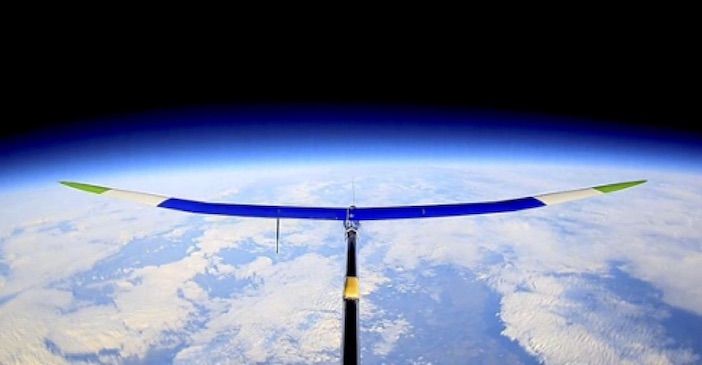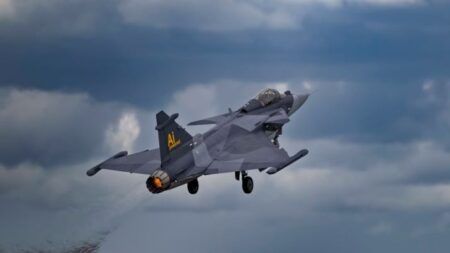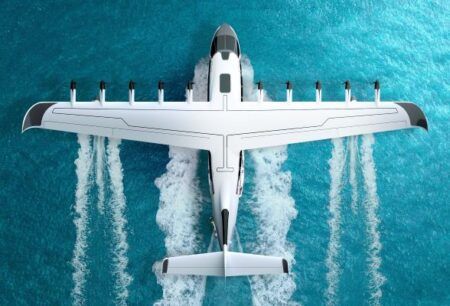A series of flight tests of a forward sensing turbulence detector that could improve safety and comfort in commercial aviation are to be conducted at Spaceport America in New Mexico.
Stratodynamics HiDRON glider will be used for the test program, which involves researchers from the University of Kentucky and NASA Langley.
The HiDRON is a stratospheric glider that ascends to altitudes of 98,000ft on a balloon and then descends to a pre-programmed landing zone over several hours. The all-composite aircraft, which uses flight software developed by autopilot developer UAVOS, has been designed to carry different instrumentation and payloads to enable atmospheric research.
The two-week campaign is the culmination of an experimental NASA Flight Opportunities project to validate a new method of forward sensing turbulence detection developed by the University of Kentucky and NASA Langley.
The research aims to demonstrate sensor performance aboard the airborne platform as a pathway to commercialize forward sensing turbulence detection technology for the aviation sector.
Researchers will examine the potential for sensing long-range gust and turbulence at high altitude using a two-factor approach. The goal is to identify atmospheric disturbances before the vehicle encounters them, allowing automated flight controllers to perform risk-mitigation maneuvers.
Turbulence detection would provide fuel savings for long haul and transoceanic crossings by letting pilots avoid jet streams and wind shear events. It could also help improve passenger confidence, de-risk flight conditions for the aircraft operating in urban environments and enhance the flight capabilities of sub orbital and low-Earth orbit air vehicles and platforms.
Experimental test pilot, Miguel A. Iturmendi said, “The future of both HALE [high altitude, long endurance] and HAPS [high-altitude pseudo-satellite] type vehicles depend on finding the correct climb and descent corridors of atmospheric turbulence free areas.
“The capability to sense turbulence with Stratodynamics’ proposed technology represents a significant leap in the oldest unsolved problem of modern physics. This technology can be of great significance in the area of flight safety for current operating airliners and future flights in and out the stratosphere”.
Interim executive director of Spaceport America Scott McLaughlin said, “The technology Stratodynamics is developing could make a significant difference in avoiding clear air turbulence and associated injuries in commercial aviation, as well as better characterization of atmospheric conditions for the new markets developing around urban air mobility. Unseen turbulence has always been a nemesis of aviation, and the ability to directly detect it could also someday help in smoother space tourism flights.”
Dr. Sean Bailey, associate professor in the Department of Mechanical Engineering at the University of Kentucky and principal investigator on the project said,“We’re excited to work with Stratodynamics on this project. This is a great opportunity to learn more about a rarely explored region of the atmosphere.”





